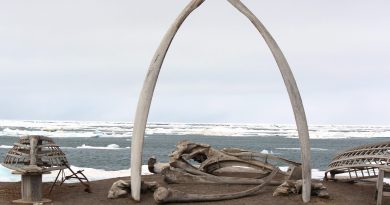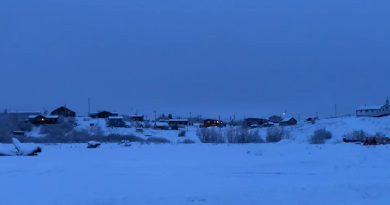Empowering youth key to climate adaptation in North, global conference hears
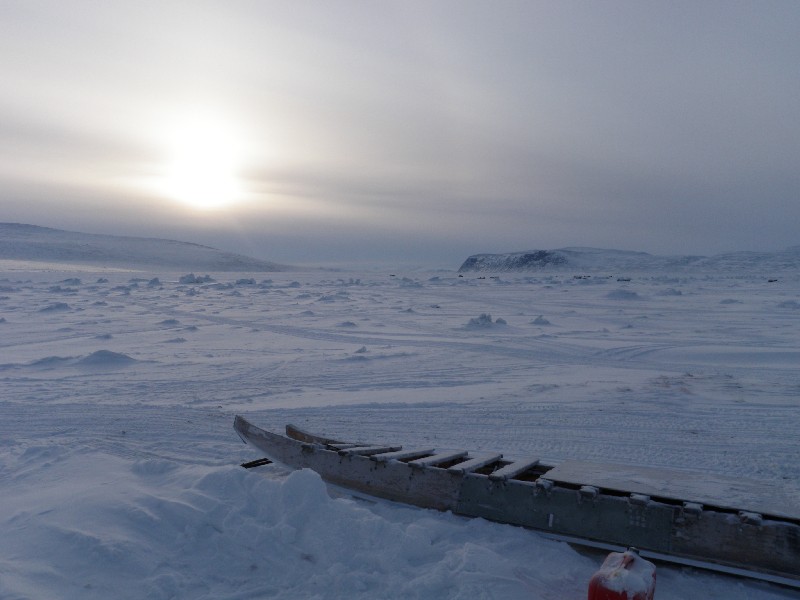
The Arctic is warming two to four times faster than the rest of the world, but northern communities are already leading the way on climate adaptation by involving youth in resilience measures, an international conference in Montreal heard.
“Reconnection is climate action,” Nika Silverfox-Young, a Yukoner part of the First Nations Climate Action Fellowship
“When you’re disconnected from your lands, you don’t really care what’s going on out there. But once you start walking your lands and your ancestral trials and you’re learning your languages, you start deeply caring about what’s going on and all the changes. Be there for your youth.”
Silverfox-Young spoke on Wednesday at the Adaptation Futures 2023 conference on a panel emphasizing the need to amplify northern voices as warming transforms the North.
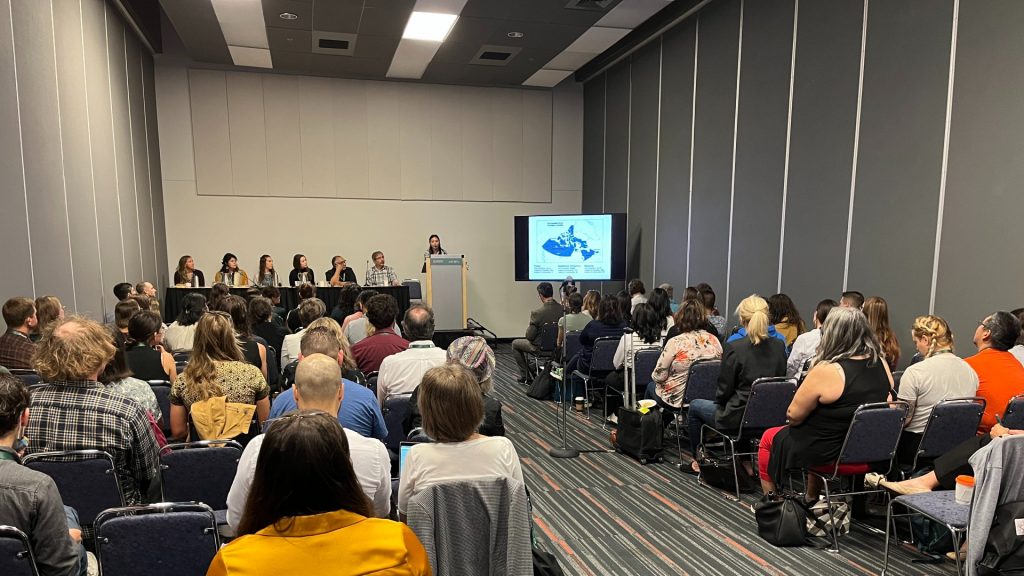
Adaptation Futures, held biennially since 2010, is an international conference for researchers, policymakers, Indigenous representatives, and business leaders to discuss environmental resilience and adaptation.
Youth participation in sea ice monitoring
For communities in the Arctic, sea ice is both an important travel way and platform for hunting, but climate change is making many traditional travel routes dangerous and unreliable.
The SmartICE program that combines ice monitoring technology with Inuit traditional knowledge to provide climate adaptation tools for communities, is just one example of how incorporating youth into resilience measures is being done, panelist Brianna Brown, SmartICE’s project and engagement coordinator, said.
The initiative was set up to involve local communities in polar ice surveillance and tracking. It involves installing buoys under the ice during freeze-up season as well as pulling sensors across the ice from above on Inuit sleds to monitor thickness.
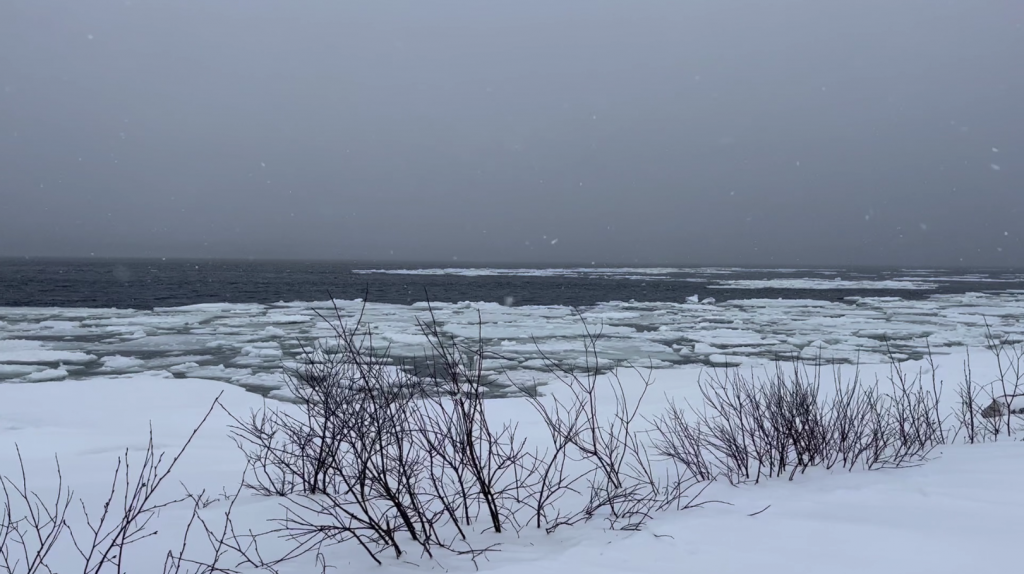
The project’s northern production centre is based in Nain, Nunatsiavut, the Inuit region in the Atlantic Canadian province of Newfoundland and Labrador and is were youth are trained to both build equipment and learn to monitor the buoys. The focus on monitoring ice and ice routes important to the community, and involving young people in the process, is key to the project’s success, Brown said.
“We promote local, cultural learning and community well being,” she said. “Our training approach is grounded in Indigenous ways of learning and knowing, so youths are equipped with transferable skills that give them educational and employment opportunities in future.”
Adaptation is our culture, Indigenous leaders say
Indigenous leaders attending the conference told Eye on the Arctic they’re confident in the ongoing intergenerational transfer of knowledge despite environmental challenges.
“Our elders are always working with youth and traditional knowledge is always being passed on,” Tim Heron, the NWT co-chair for climate change and member of the NWT Metis Nation, said. “We take our youth out on the land to understand that knowledge because what’s important is that you can’t just talk about it, you have to physically show them.”

Solomon Awa, the acting mayor of Iqaluit, and Director of Inuit Qaujimajatuqangit (Inuit Traditional Knowledge) and engagement at the Qikiqtani Inuit Association, the body that represents Inuit in the northeastern region of Nunavut, said resilience in the face of environmental change is why Inuit have survived in the Arctic for thousands of years and is already a fundamental part of the culture that youth grow up with.
“We’re doing adaptation all the time,” Awa said. “It’s the Inuit way of living.”
The Adaptation Futures website said over 2,000 people from 120 countries were expected at this year’s event, the first time it’s been held in Canada.
The conference runs at Montreal’s Palais des congrès until Oct. 6.
Related stories from around the North:
Canada: As Nunavik’s permafrost thaws, locals and researchers focus on adaptation, CBC News
Finland: Can climate adaptation be culturally sustainable in the Arctic?, Eye on the Arctic
Sweden: Climate adaptation funding cut in budget in Sweden, Radio Sweden


